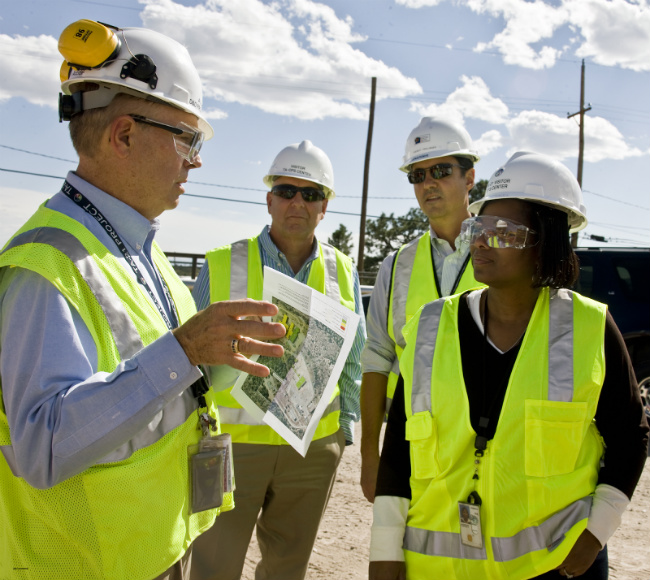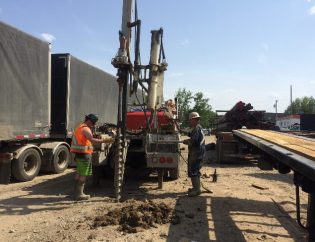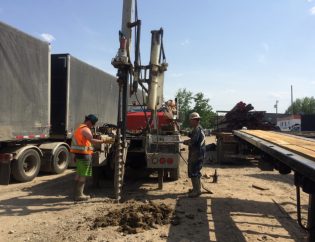
Globally, the concept of environmental awareness and sustainability is emerging at an accelerating rate. The assessment of potential environmental consequences serves as the framework for planning sustainable development. Sustainability is achieved when scientific and engineering principles are applied in the architectural planning of a building project keeping in mind the impact of construction on the environment. This branch of engineering that involves the assessment of risks pertaining to environmental contamination of soil, sediments, water is called environmental engineering.
Phases of Environmental Assessment
The process of systematically evaluating the possible environmental liabilities of a construction site is called Environmental Site Assessment (ESA). The assessment is carried out in three major phases.
Phase I
The first phase is to determine evidence of environmental contamination that already exists at the construction site. These pollutants could occur as a result of current or past activities on the site or on adjacent neighbouring properties. The assessment done by environmental engineers is a non-intrusive investigation that involves the reviewing of historical records, interviewing relevant personnel, visiting the site and evaluating information and site reports. Phase I primarily deals with finding potential sources of contamination.
Phase II
The second phase of environmental assessment is the verification of the samples collected on site that might be potential hazards and contaminants to the construction site. The samples of soil, groundwater, water bodies on site (if any), construction materials, etc. are collected and tested at the lab to identify any contaminants, pollutants, and acids.
Phase III
The third phase is the remediation phase which is only carried out when the results and analysis of sample tests for contamination are confirmed to exist at a particular construction site. It determines and investigates the quantity of contamination that needs to remediate and concludes the planning and execution of the remedial process.
Responsibilities of an Environmental Engineer
It is within the primary work scope of an environmental engineer to ensure prevention of harmful chemicals and biological contaminants from releasing into the air, water and soil. To carry out these duties and responsibilities, environmental engineers need to have extensive knowledge of the biochemistry of potential pollutants as well as the industrial and constructional processes that lead to pollutant release. With the knowledge of potentially hazardous contaminants of the site, new construction and civil processes can be designed or the existing techniques can be modified to reduce and prevent further release of contaminants.
Another responsibility that environmental engineers need to give priority is detecting and tracking the source of the pollutants. For some construction sites, tracking sources might be a challenge especially if the area to cover is quite large. For instance, if there is a lake adjacent to the under-construction site, there might be several sources of contamination in that lake and its tributaries. This makes it a significant challenge to determine the precise source of water pollution. Contamination of oceans can have even greater challenges for environmental engineers to identify the source. To make this easier, professional environmental engineers can design tools for water management in commercial, rural, industrial, and mining projects.
Once the environmental engineer has confirmed the source of contamination, techniques and processes need to be implemented to stop or reduce it. Environmental engineers often work to determine ways to avoid the production of pollutants or to separate them as waste in order to dispose them off in a safe and controlled manner.
To identify the presence of any adverse environmental impact on a new construction site or on your existing property due to any previous occupancy, our skilled team of environmental engineers can carry out the three phases of environmental site assessment and propose solutions for new sustainable engineering techniques.


